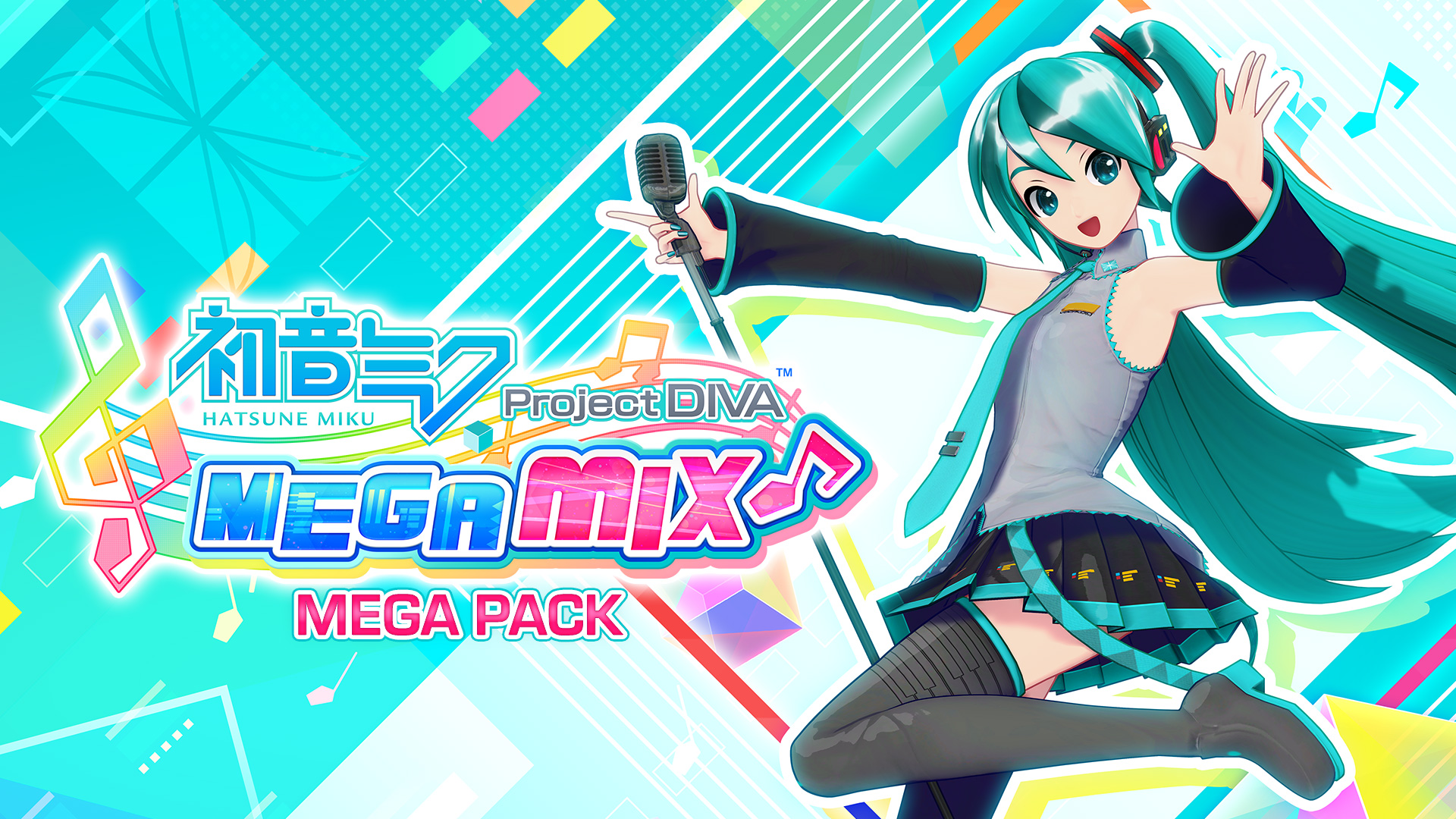Hatsune Miku: Project DIVA Mega Mix
Developer: Sega
Publisher: Sega
Platform: Nintendo Switch
Release Date: Available Now
Price: $39.99 – Available Here
Overview
Nearly anyone who is familiar with Japanese pop culture has at least seen the green haired virtual idol Hatsune Miku even if they didn’t know who or what she exactly was. This popular Vocaloid has mainstreamed the digital forefront of her fellow Vocaloids throughout the years and has seen numerous games released over the course of the last decade but it has been a few years now since one was released. Now, her and a number of her pop star friends are making their first appearance on the Nintendo Switch in the form of Hatsune Miku: Project DIVA Mega Mix. With a hundred and one songs, ten of which are brand new to the series, on offer, is this appearance on a new platform a successful one?
Gameplay
In many ways, Hatsune Miku: Project DIVA Mega Mix feels similar to the 2017 release of Hatsune Miku: Project DIVA Future Tone as it moves away from setting up a storyline and instead presents players with a massive list of songs to choose from and play in rhythm mode, customization options for all of the Vocaloids (including the likes of the UTAU Kasane Teto and a number of “derivatives” such as Yowane Haku and Akita Ner), and a playlist option to create a set of the player’s favorite songs to play as music videos in a row, something that is always great for some background music.
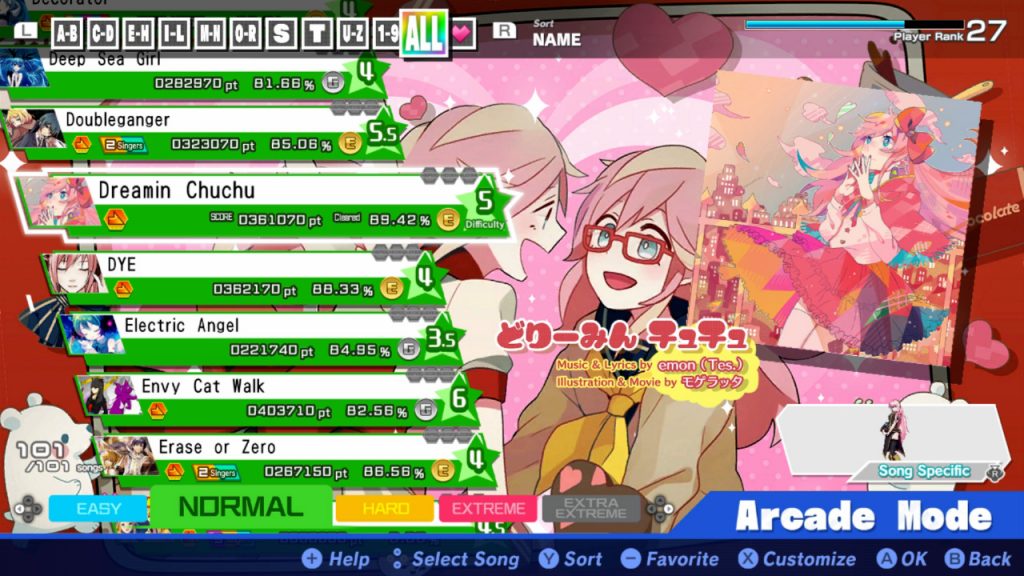
One of the main differences with Hatsune Miku: Project DIVA Mega Mix is that there are now two different ways to play the rhythm game, the standard mode that everyone familiar with the series should be familiar with, and the new Mix Mode. Both modes are introduced to the player through a standard tutorial set to the signature “Ievan Polkka” as the various inputs are shown off before letting players jump into the deep end.
The classic gameplay style sees players needing to use the four face buttons on the Switch, the shoulder buttons for slide notes, and the analog sticks for flicking to the right or left when necessary all to the rhythm set by the game and to match with the hollowed symbols that appear on the screen. These can range from simple button presses to having to hold a button down and dthe more accurate the press, the more points the player will earn all while a gorgeous music video plays in the background. Missing a note or hitting it too soon or after will drain the player’s health meter, that refills slowly when successfully hitting notes, and players can fail out of a song if their health manages to hit zero.
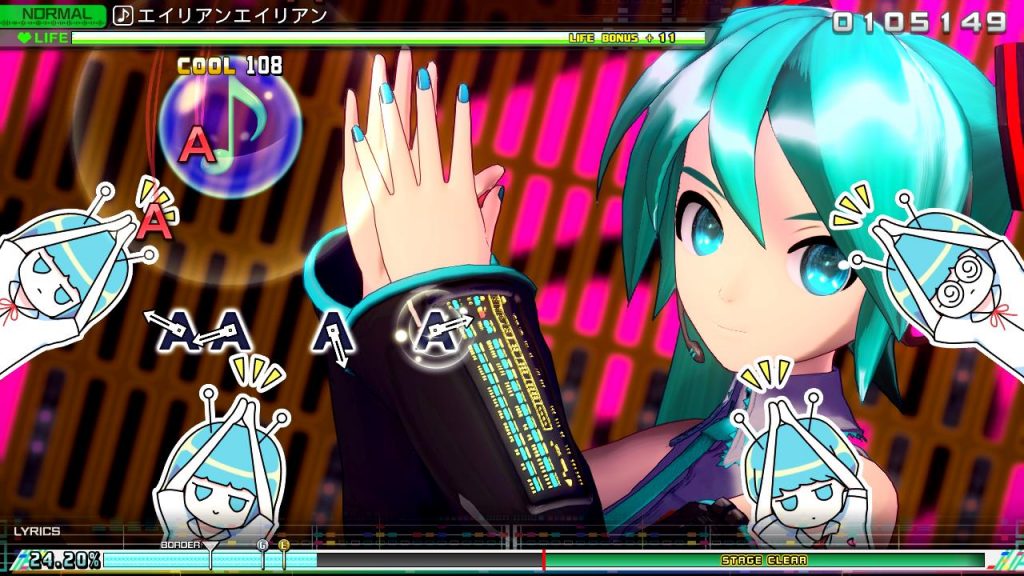
Of the one hundred and one songs that are available in the base game it is worth noting that, while they are all available on Normal, Hard, and Extreme, roughly twenty songs are not available on the Easy difficulty option so players will want to practice their skills a bit to prepare for the challenge here. There are options to play using a “No Fail” setting that prevents the player from losing a song but only through clearing a song properly will they be rewarded with “VP” which is used to purchase customization items and modules for the Vocaloid stars. It is also worth noting that, at least for series veterans who are used to seeing the PlayStation symbols and not Nintendo’s alphabetical buttons, there is an option to change the presentation of what players will need to press, perhaps alleviating some initial concerns about the switch to the new platform.
For those who want something a bit different from the norm, the Mix Mode is where the game can truly shine on its own. While not as difficult, Mix Mode changes things up by making use of the Nintendo Switch’s motion controls and Joy-Cons. This does mean that this mode cannot be played unless the console is either docked or set down with a kickstand which is a bit unfortunate but it makes it so players can hold the Joy-Cons in their left and right hands, holding them upright and tilting them to the left and right to reach their colored destination. Once here the player can press either of the top buttons on the Joy-Cons to successfully hit the notes, or hold for long notes.
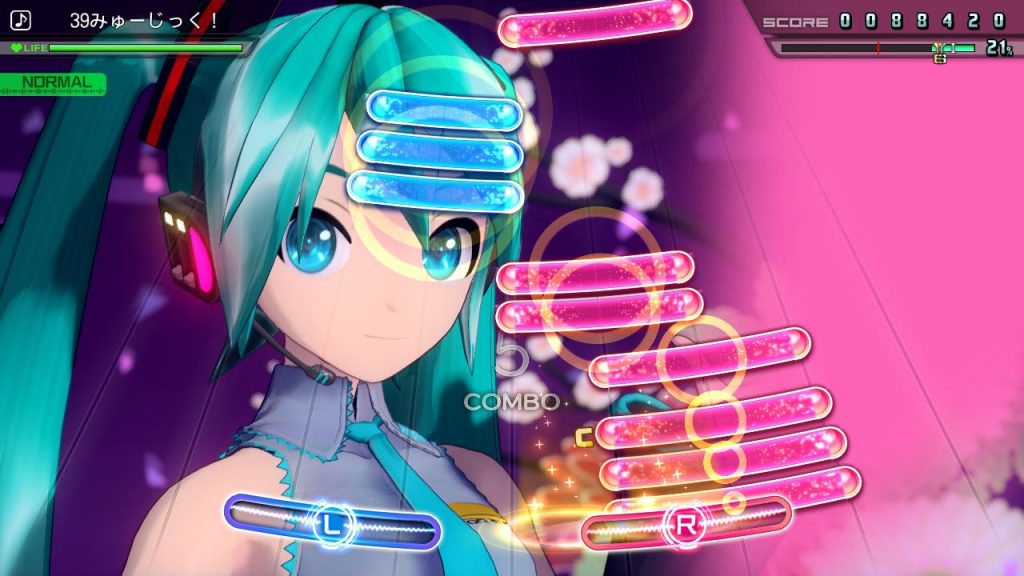
This mode does make most songs quite a bit easier to manage and in fact only offers three stages of difficulty: Easy, Normal, and Hard and all songs can be played in this mode right off of the bat on any difficulty, making the game more accessible to those who want to try it out. This is especially true thanks to just how accurate the motion controls are in Mix Mode and can really help Hatsune Miku: Project DIVA Mega Mix stand out for newcomers who may be a bit too daunted to try and tackle more difficult songs in the standard gameplay mode.
As mentioned before, players earn VP from completing songs using either gameplay method and this VP can then be used to purchase customization items for the Vocaloids. This includes everything from simple accessories that can be placed as the player wishes, to different hairstyles, to entirely different outfits (called Modules) that can then be worn for any song the player wishes. There are recommended outfits that can be purchased to match the theme of the song the player has chosen but it is entirely possible to take a swimsuit wearing Kasane Teto into a song performed by Rin or Hatsune Miku cosplaying as Sonic into a song meant for Luka.
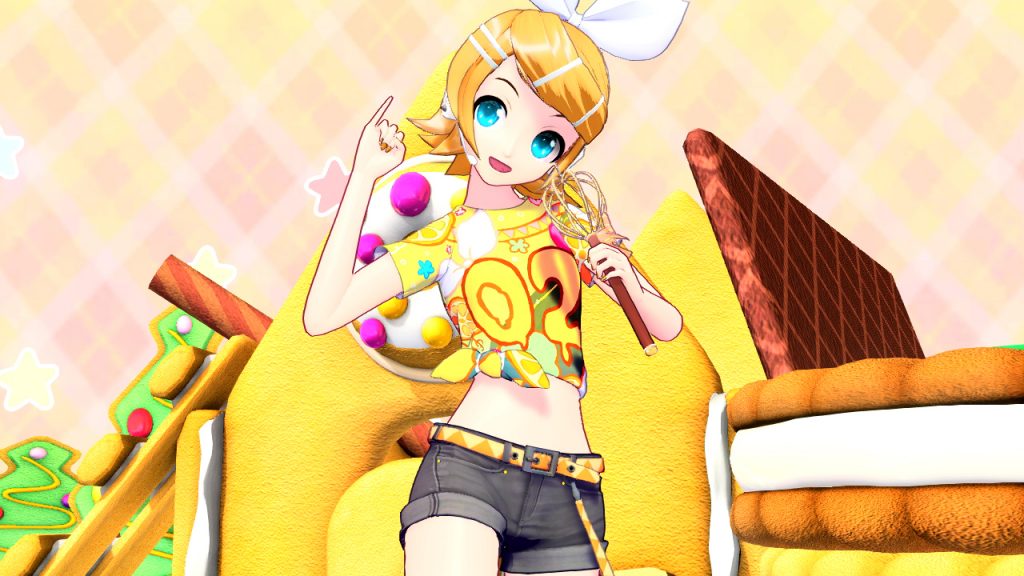
Another aspect that is exclusive to the Switch here happens to be T-Shirt customization. Players are given a number of T-Shirt slots that can then be drawn on in any way the player wishes using either the game’s controls or through the touchpad/stylus for those who really want to get in-depth. Unfortunately there does not appear to be any way to share T-shirt designs with others or download a design someone else worked hard on, something that feels like a missed opportunity given the large Vocaloid fanbase.
Visuals & Audio
Every song in the game features a unique music video accompanying it and these videos range from standard presentations featuring the Vocaloids singing, dancing, or acting out a performance to match the theme of the song, there are also a number of 2D animations that are even more unique simply because of how well gorgeously drawn they are. For the most part, all returning songs feature the same style of presentation found in the previous entry to the series though the character models and costumes have been touched up a bit with a softer anime-style and the new songs feature a number of great animations as well and feature an aforementioned mix of different styles of presentation and once again players will find there are numerous Modules to dress their favorite characters in, ranging from song appropriate outfits, swimsuits, other characters, and cosplay from other Sega properties. It is unfortunate that, just like the previous release, Hatsune Miku: Project DIVA Mega Mix forgoes attempting to translate the lyrics of the songs into English like they did a few years prior and instead presents the lyrics with romanized letters only and it is also worth noting that these lyrics do not appear while playing in Mix Mode.
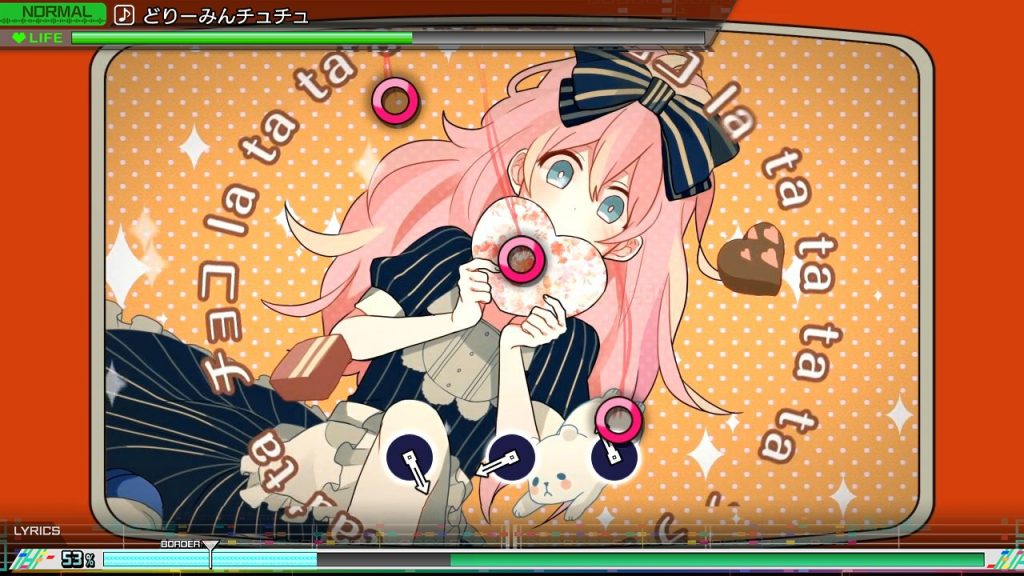
As with any rhythm game the key aspect happens to be the songs that players can enjoy while actually playing the game and thankfully the one hundred and one songs on offer in Hatsune Miku: Project DIVA Mega Mix continue to feature some of the best hits that fans are familar with ranging from rock songs, pop tunes, up-beat tunes, and some that flat out defy being placed into a genre. These hits include the likes of “The World Is Mine,” “World’s End Dancehall,” “Blackjack,” “Tengaku,” and many more though it is a bit disappointing to see that a few familiar older songs are only available as separate DLC at launch. That being said, the numerous amount of songs available for players even in this base package is incredible and has something for nearly everyone.
Overall
Hatsune Miku: Project DIVA Mega Mix lays out everything it has to offer right from the get-go as players immediately find themselves able to play through over a hundred of Sega’s handpicked Vocaloid songs through either the traditional rhythm game or through the more accessible but equally enjoyable Mix Mode as well as a customization option that unfortunately cannot be shared amongst the community. There may be a smaller selection of songs than what was previously released a few years ago for Future Tone but this large collection still features some of the best songs available as well as some brand new songs presented for the first time in a package that is not only great for Vocaloid fans but also for those who have waited to see a great rhythm game arrive on the Switch.
Capsule Computers review guidelines can be found here.

